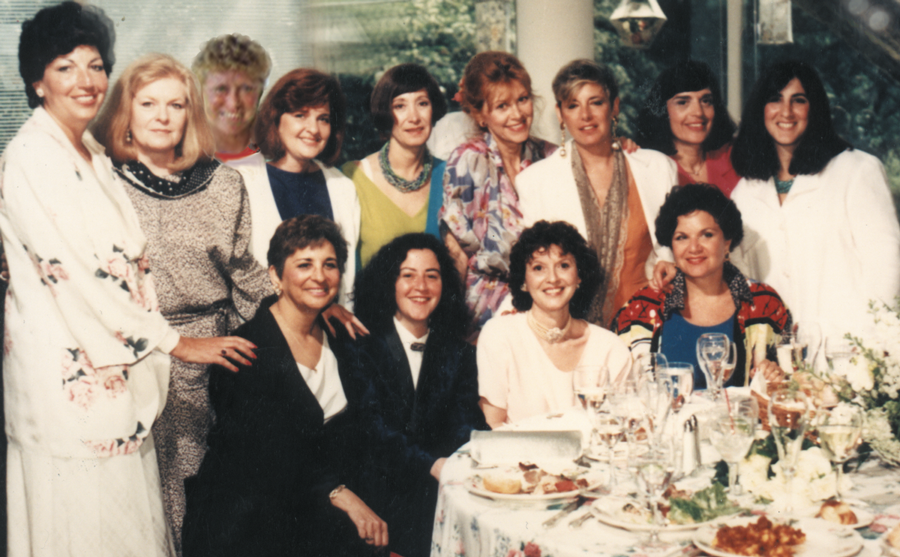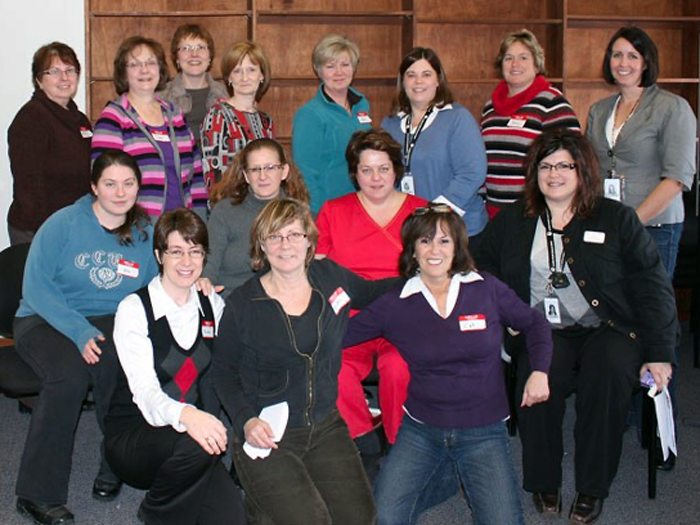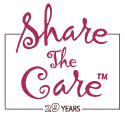HEALTH
PROFESSIONALS
When People Turn to You for Help,
Teach Them How to
Share The Care
COVID-19 made many families rethink placing their loved ones in a care facility. Plus, caregiving is on course to grow dramatically as the Baby Boomer population ages and people live longer. Today, an estimated 53.0 million adults are family caregivers up from the estimated 43.5 million in 2015 and many are elderly themselves.
But many care recipients have conditions that can easily overwhelm a solo caregiver. A job description might include: advocate, hands on caregiver, medications reminder, doctor appointments in-person and online. With a growing number of technology devices–add tech savvy, household chores, researching affordable services in their area (1 in 4 caregivers (27%) report this to be very difficult). Many caregivers also struggle with loved ones who have mental health or memory issues. Caregivers also suffer financial losses from cutting back work hours, leaving the workforce and even using their own retirement funds to manage out of pocket costs.
They want help. They want guidance. They want affordable alternatives that they can do themselves. Tell them about Share The Care™.

In 1988, Share The Care™…
began as a group of twelve people who became friends when they supported a mutual friend with cancer in New York City. Today it’s an evidence-informed model that can lighten the load in very difficult circumstances across the full-life cycle anywhere it is needed. See: Educational offerings about the Seeding STC in Your Community Training for professionals.
In a 2016 Study that appeared in the Journal of Gerontological Social Work* shows that Share The Care:
- Supports a care receiver’s ability to stay at home
- Helps reduce the burden of the caregiver
- Increases the caregiving preparedness of group members, enabling them to be more effective teammates and future caregivers
- Is replicable and its functionality can be applied across a variety of settings and circumstances
- Ensures longevity and a successful caregiving experience through its structured system of care
- Has a positive impact on the well-being of the caregiver, care receiver, and group members
* Click here: to request a copy of the STC study
The Share The Care™
Evidence-Informed Program Model is:
- Low Cost
- Adaptable
- Sustainable
STC addresses Multiple Objectives to:
- Decrease caregiver burden and social isolation
- Better Prepare communities to meet the challenges of an aging society
- Improve end-of-life care
STC can support any person needing care.
However, STC group members will need to seek
professional help to get special training.
HEALTH PROFESSIONALS
AND
SPECIAL SKILLS FOR CAREGIVERS
Health Professionals help a STC Group
caring for a Patient with ALS
The following example demonstrates how health professionals
taught family caregivers and willing team members
critical homecare skills for a patient with ALS
For more in-depth information on the professional training this group received, read the Q &A with Kimi Morton:
Click here.
EVEN HEALTH PROFESSIONALS MIGHT NEED A STC GROUP

Pat’s STC group, Ontario
Health professionals are not immune to having to “be there” for their own family, friends, or colleagues as demonstrated by Pat’s Group.
Jackie Crandall, a Clinical Nurse Specialist, had no sooner attended a STC Training in London, Ontario when she found herself in a position to apply what she had just learned to help a nursing colleague diagnosed with a terminal illness. Led by Jackie, other hospital staff rallied to help their co-worker Pat and her family by creating a Team of 30 strong in just days.
STC Ontario Campaign Coordinator (and Bereavement Professional) Eugene Dufour met with Pat’s Care Group after her death.
Dufour recalls:
“The closing meeting was one of the most powerful sessions I have attended. There were a lot of tears, a lot of laughter, a lot of sharing of deep feelings. They all expressed their feeling that they gave Pat a wonderful gift, and Pat gave them a greater gift.”
